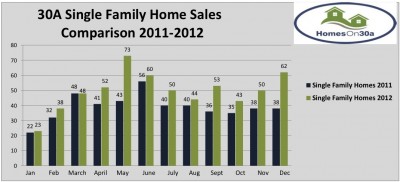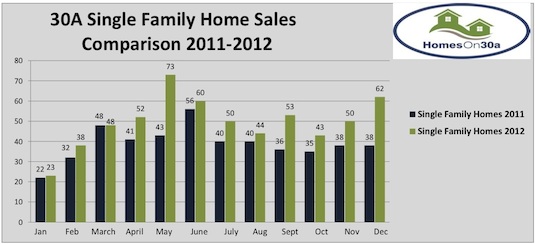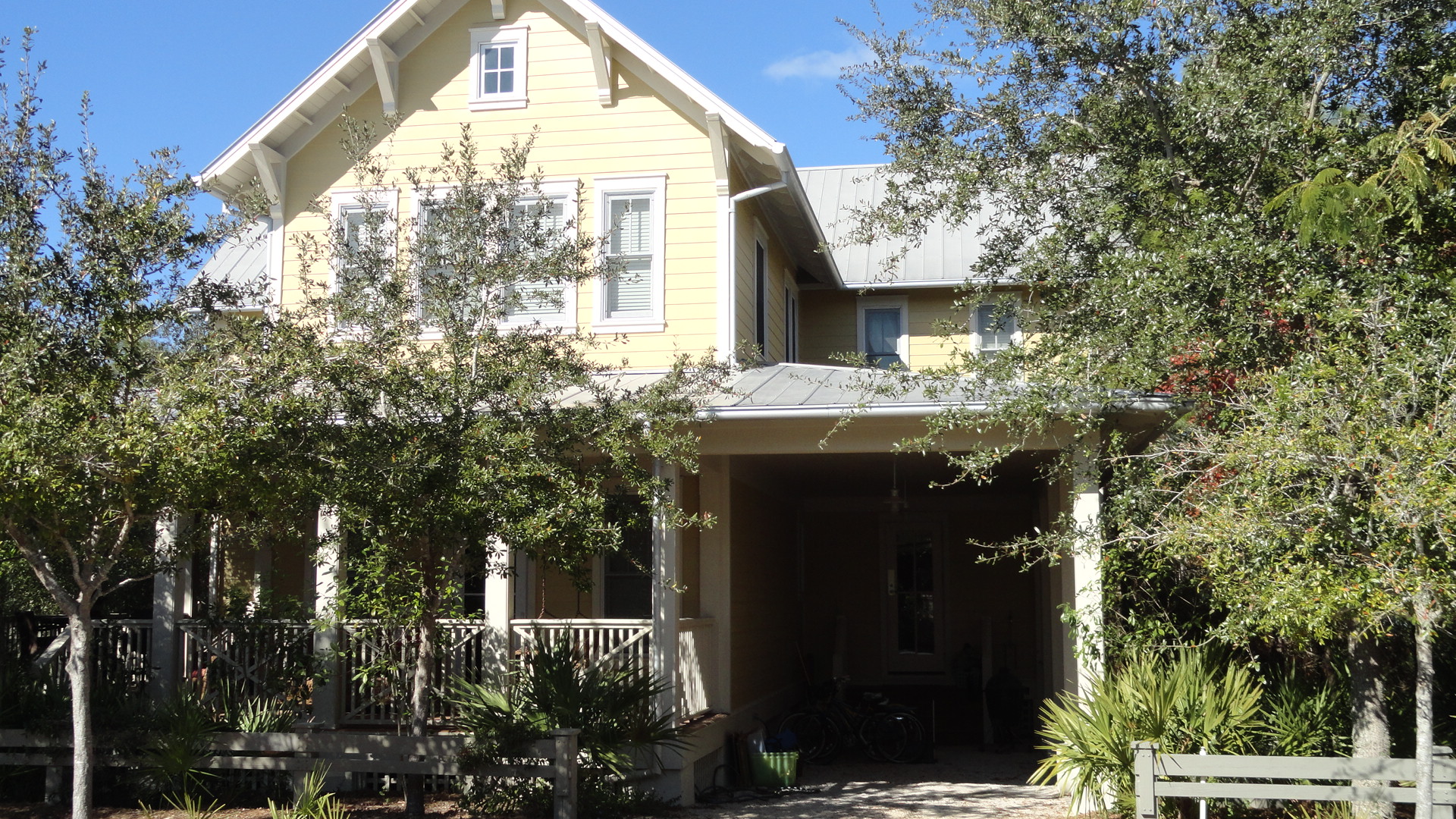Housing Recovery to Continue in 2013
Mortgage News Daily BY JANN SWANSON
Three economists told attendees at the International Builders Show that the housing market should continue to improve on an accelerating basis in 2013. But each cautioned that there are many factors, especially on the federal government level, that could still derail the recovery
David Crowe, Chief Economist, said that nearly every indicator of housing market strength, permits, prices, sales, housing starts, and builder confidence, has been trending upwards in recent months. He noted that home prices, which are up nearly 6 percent on an annualized basis over the last 10 months, are particularly important because they are a trigger for people to return to the market.
He pointed as well to other positive indicators including low rates and strong affordability, rising household formation and a general improvement in the economy. Housing is now also contributing to rather than acting as a drag on the economy and increased its share of economic growth to 12.8 percent in the fourth quarter of 2012.
Setting the 2000-2003 period as baseline benchmark for normal housing activity, Crowe ticked off other positive indicators:
Residential remodeling has returned to previously normal levels and activity is expected to increase 2.4 percent this year.
The hardest-hit market, single-family houses, was running at 44 percent of normal production in the fourth quarter of 2012 but should rise to 52 percent of what is considered a typical market by the fourth quarter of this year and 70 percent by the fourth quarter of 2014.
Single-family starts are anticipated to rise 22 percent from 535,000 last year to 650,000 in 2013 and to 844,000 units in 2014.
On the multifamily side, NAHB is anticipating that starts will increase 22 percent from 246,000 units last year to 299,000 in 2013, and rise an additional 6 percent to 317,000 units in 2014.
However, Crowe cautioned that builders continue to face several challenges, including stubbornly tight mortgage lending conditions, inaccurate appraisals, rising materials prices and a declining inventory of buildable lots. He also cited the potential that the continuing gridlock in Washington over the debt ceiling, sequestration, and the budget along with calls by some policymakers for major changes to the mortgage interest deduction, could negatively impact consumer confidence and future housing demand.
Prices rose in 42 states between September 2011 and September 2012 Nothaft said, and prices increased nationwide by 4 percent. They are projected to increase 2 to 3 percent in 2013 and with the oversupply of vacant homes at their lowest level in a decade, this will further ease downward price pressure.






